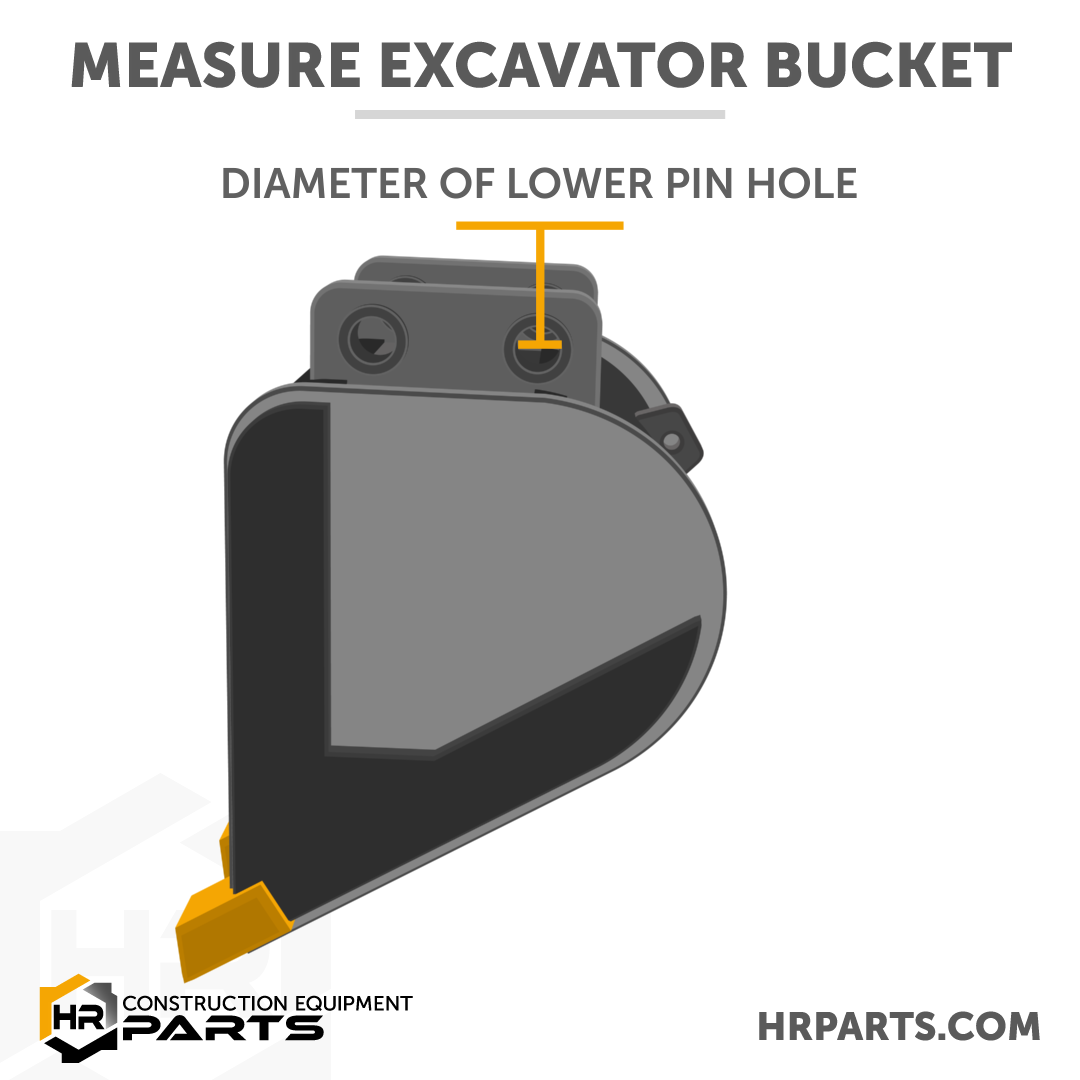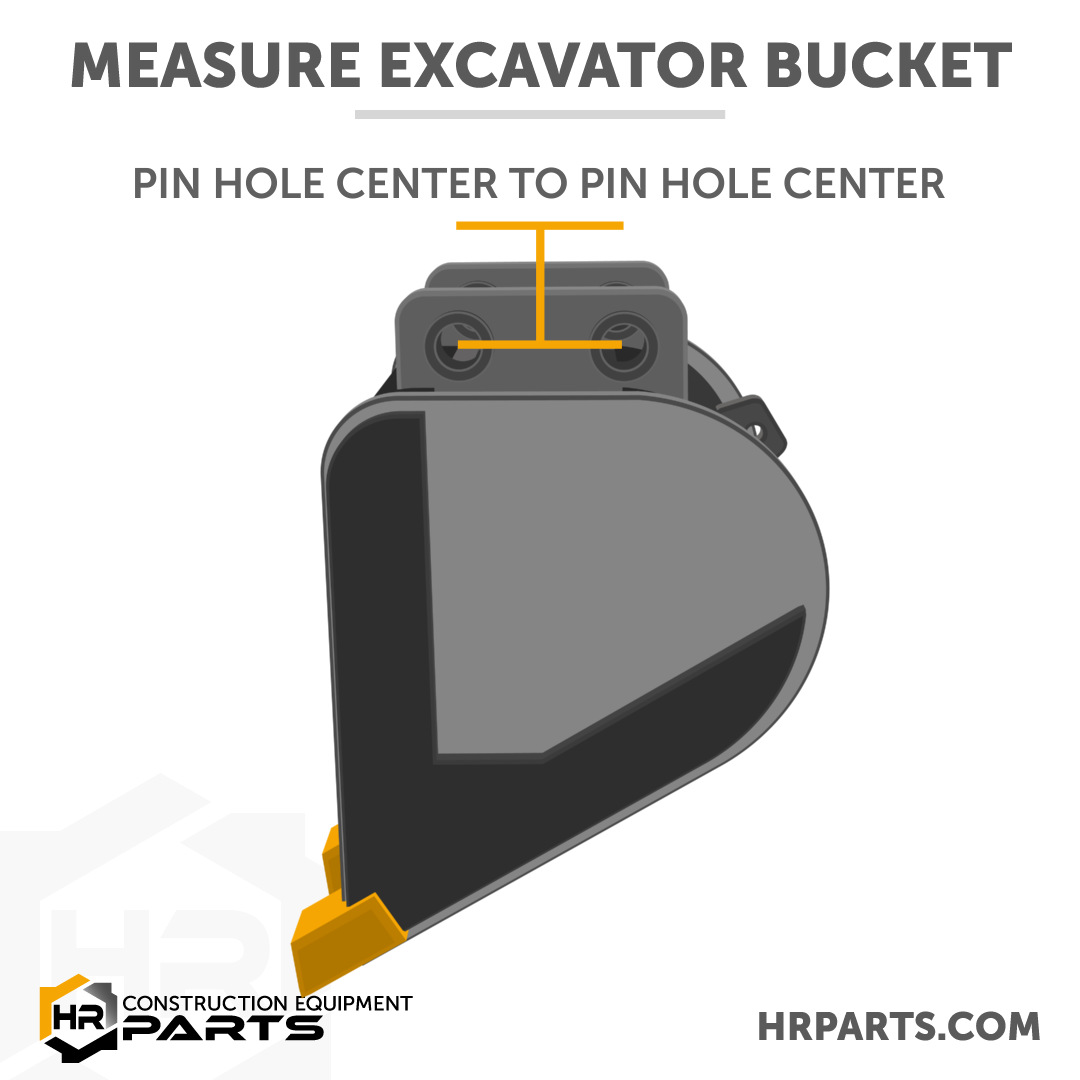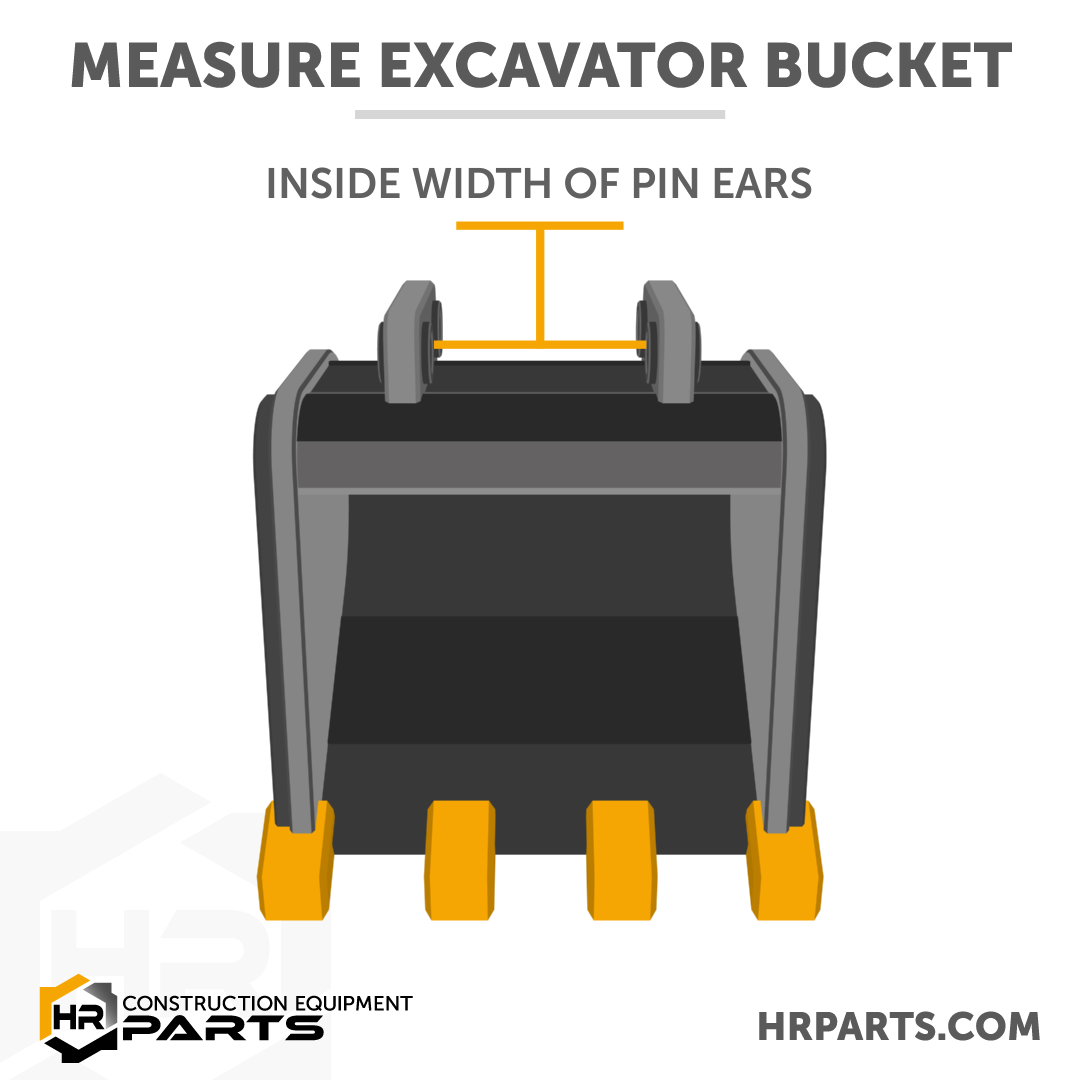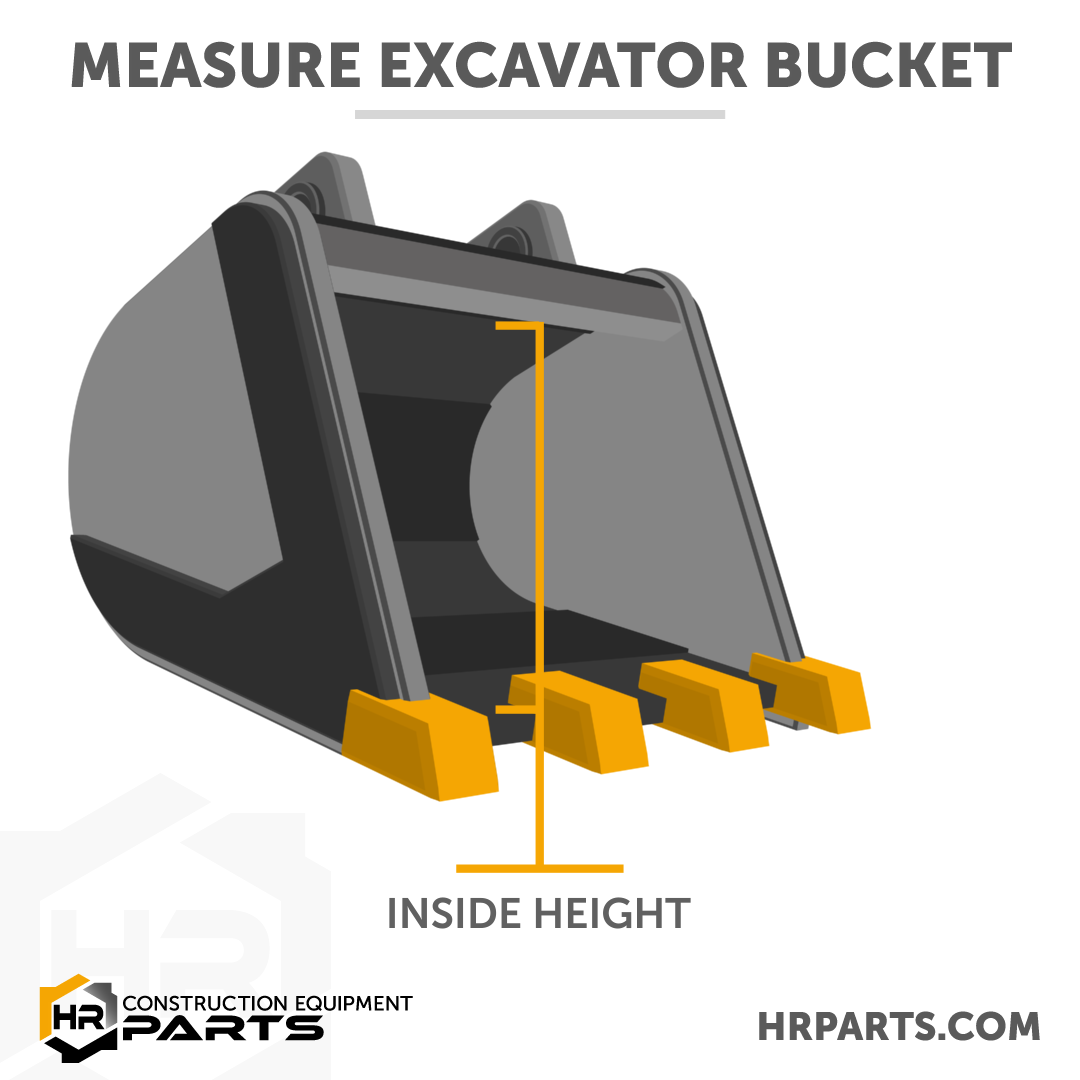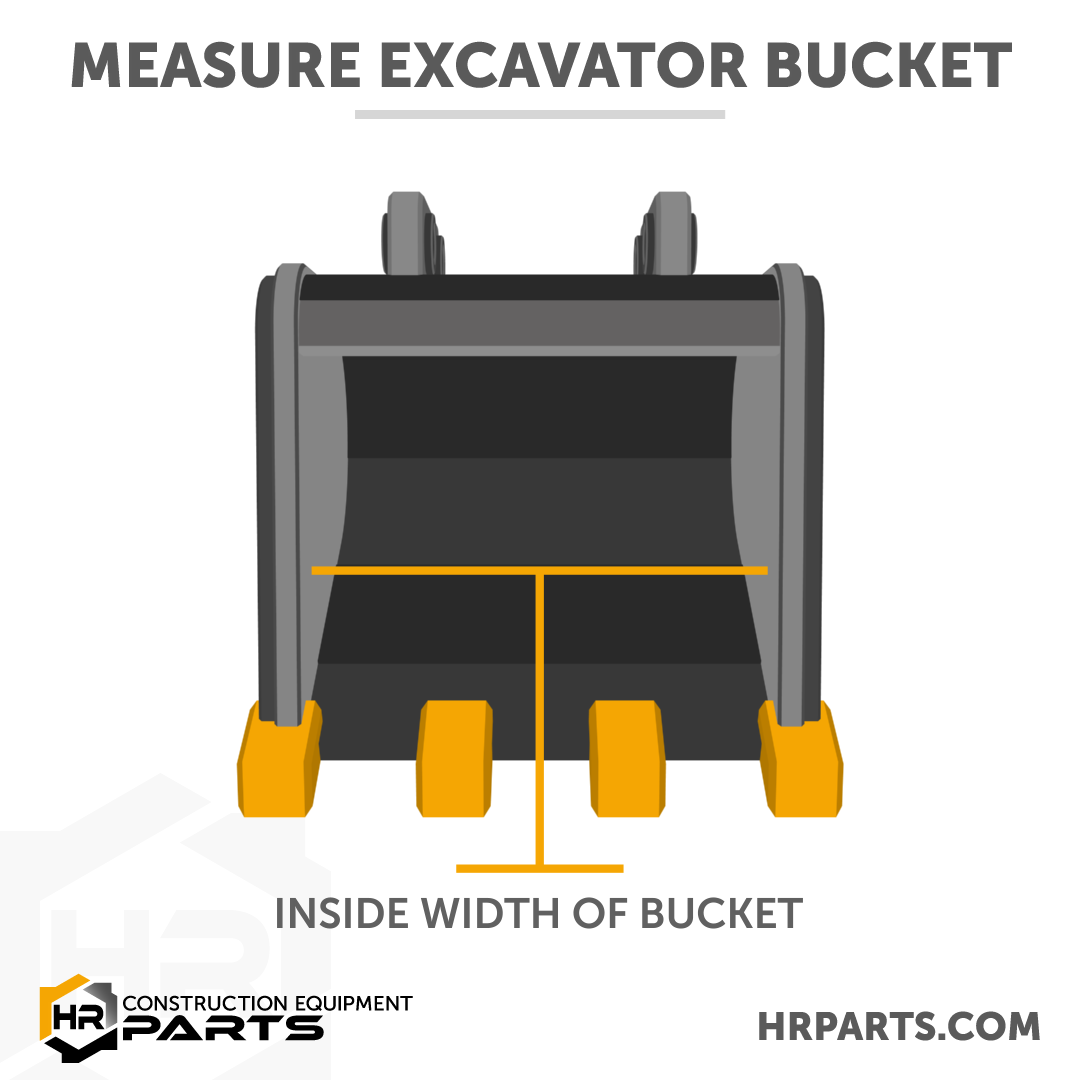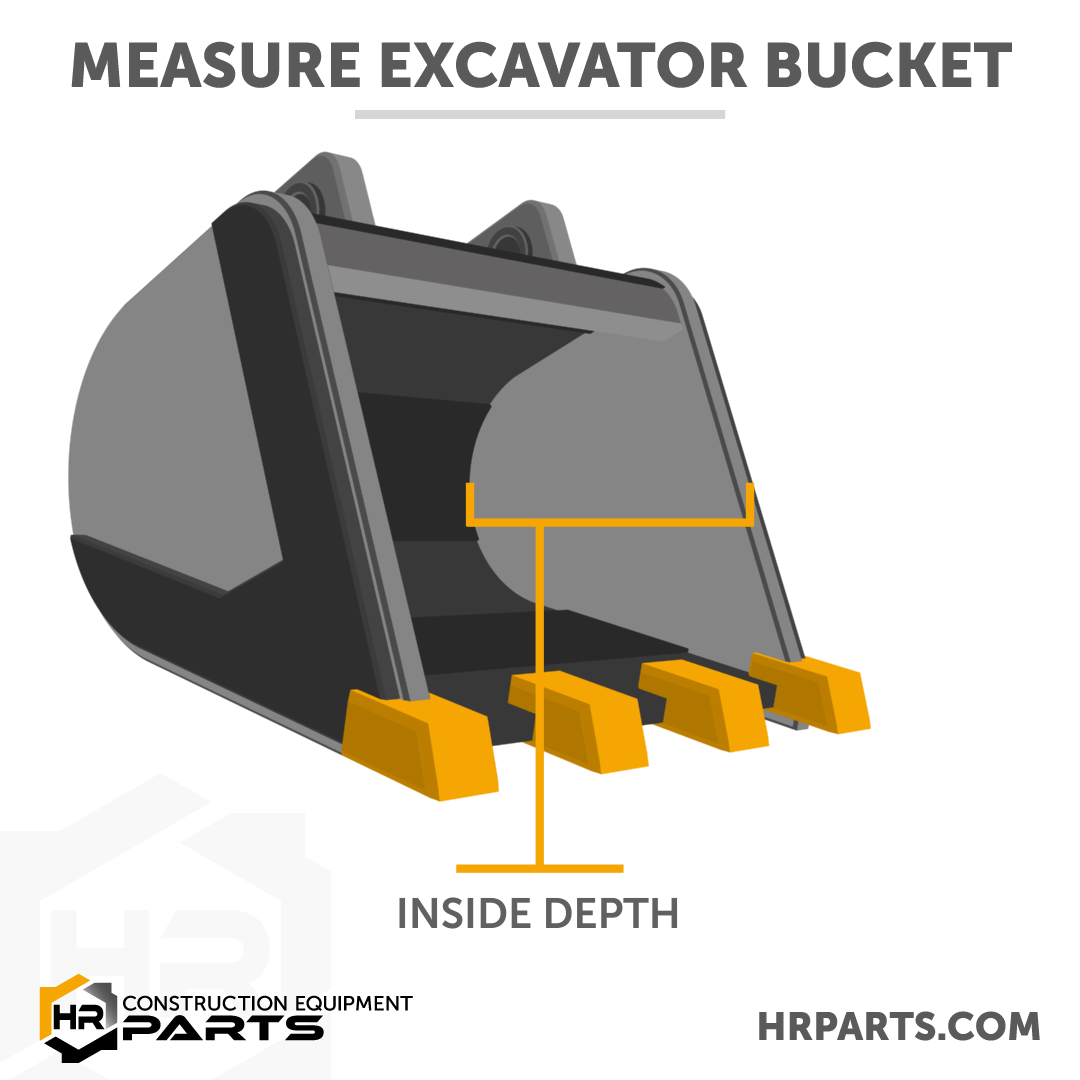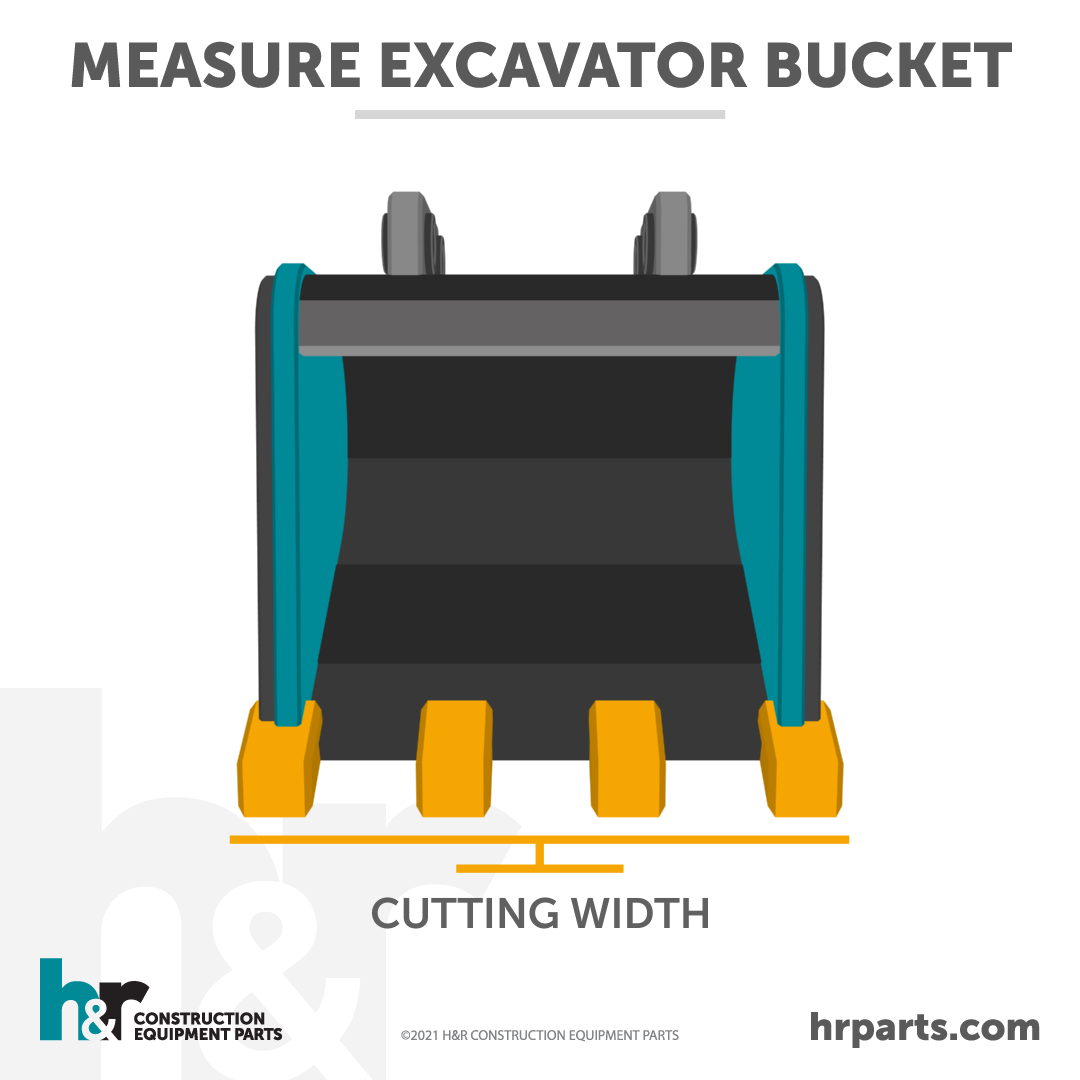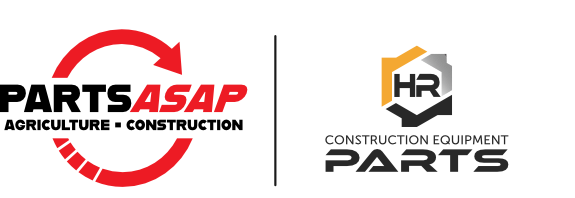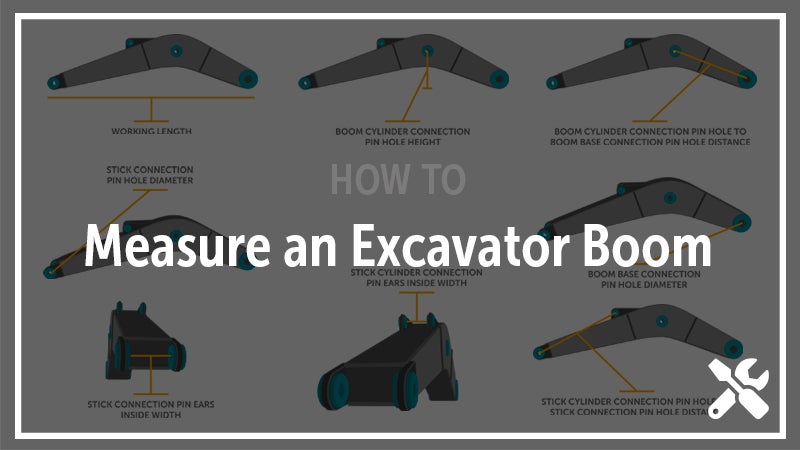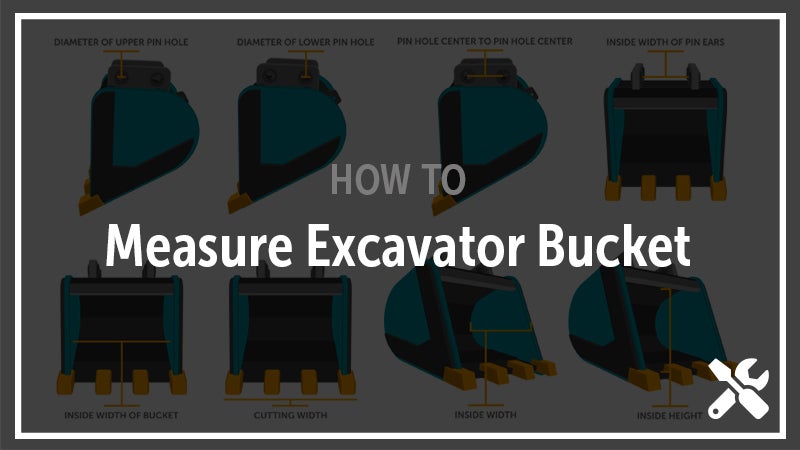
How to Measure an Excavator Bucket with Excavator Bucket Diagram
Whether you’re searching for an excavator bucket to replace a worn out and damaged bucket or you’re on the hunt for a second bucket to swap for specific jobs, you’ll often find a good variety of great, used replacement excavator buckets -- but you might also find yourself wondering, “Will this bucket work for my excavator?” Luckily, with a few quick and simple measurements, you can narrow your search and make sure the bucket you find is the bucket you need.
Print Our Bucket Measuring Guide»
Matching the Bucket to Your Excavator
In your excavator bucket search you’ll quickly discover there are two ways to find and match an excavator bucket to your excavator -- through make, model, and serial number or by taking some quick measurements. If you’re searching specific to your machine, you can grab those details straight from the serial number plate on your machine or in your operator’s guide. However, since often buckets will work for a wide range of machines, searching by the dimensions of the bucket will often open up a much wider inventory of available excavator buckets.
With those details in hand, you can start your search online or contact a reputable excavator bucket seller and they’ll be able to match your details with their online database of available buckets.
What Measurements Do I Need to Search For an Excavator Bucket?
To get the dimensions you will need to assist in your search for a suitable replacement excavator bucket or an alternate bucket, you’ll only need a measuring tape and a few minutes with your current bucket. Below, you’ll find descriptions of each measurement and diagrams to help make sure you’re getting them right.
Measurements marked required are necessary to ensure the bucket will properly fit your excavator. Other measurements can be used to compare the size of your current bucket and the replacement bucket.
Upper Pin Hole Diameter (Required) [View Image]
Using a tape measure, measure the diameter of one of the upper pin holes on a pin ear by choosing two points directly opposite of each other. (The diameter of a circle is always the maximum distance of any two points at the circle’s edge).
Lower Pin Hole Diameter (Required) [View Image]
Using a tape measure, measure the diameter of one of the lower pin holes on the pin ears by choosing two points directly opposite of each other.
Distance From Center of Upper Pin Hole to Center of Lower Pin Hole (Required) [View Image]
Measure the distance from the center of the upper pin hole to the center of the lower pin hole on one of the bucket’s pin ears.
Though this measurement is required for your search, many excavators will work within a range of different measurements. Be sure to find your range or talk to a Parts Specialist to ensure you match the most available buckets.
Inside Width of Pin Ears (Required) [View Image]
Measure the distance from the inside side of one pin ear to the inside side of the other pin ear.
Though this measurement is required for your search, many excavators will work within a range of different measurements with the use of shims. Be sure to find your range or talk to a Parts Specialist to ensure you match the most available buckets.
Inside Height of Bucket [View Image]
Measure the inside of the bucket from the bucket’s floor to the inside top of the bucket.
Inside Depth [View Image]
Measure the inside depth of the bucket by measuring from the deepest point in the bucket to a point along the center of the outside edge.
Inside Width of Bucket [View Image]
Measure the horizontal distance from the inside side of one of the bucket’s side plates to the inside side of the other side plate.
Cutting Width of Bucket [View Image]
Measure the distance from the outside edge of the furthest most left tooth to the outside edge of the furthest most right tooth or, in a toothless bucket, measure the distance between the outermost edges of the cutting blade.
With those simple measurements in hand (or written down on our measuring guide), you should have all you need to start your used excavator bucket search. For tips on what to look for to ensure your bucket is up to the job, read our Excavator Bucket Buying Guide.
As always, our knowledgeable Part Specialists are here to help connect you with the perfect replacement part to get your back up and running quickly. And when you call they can search not just our deep inventory of used and reconditioned excavator buckets, but our national connected parts network. Just drop them a message.
Excavator Bucket Image and Diagram Gallery

